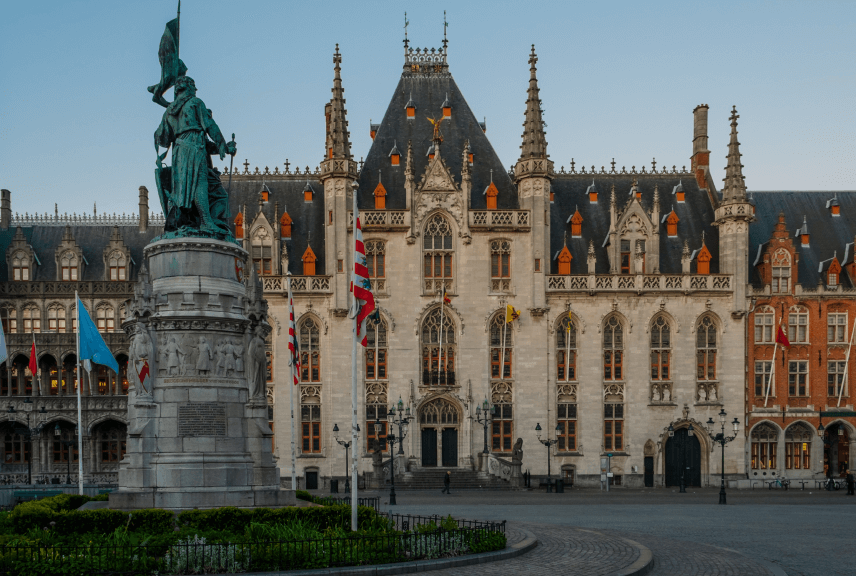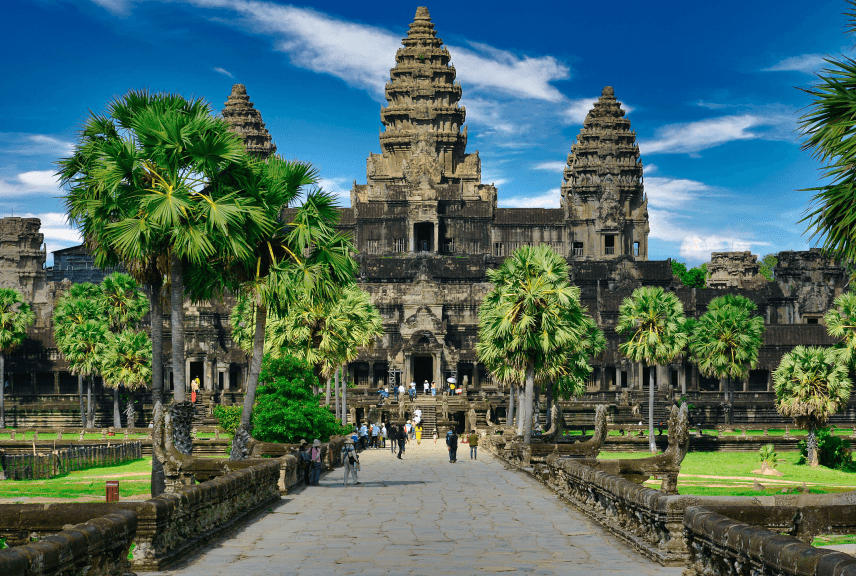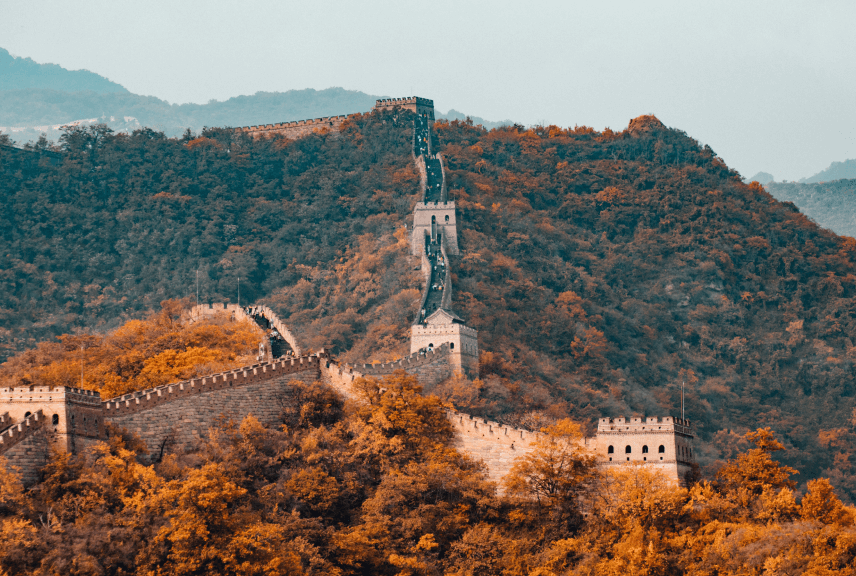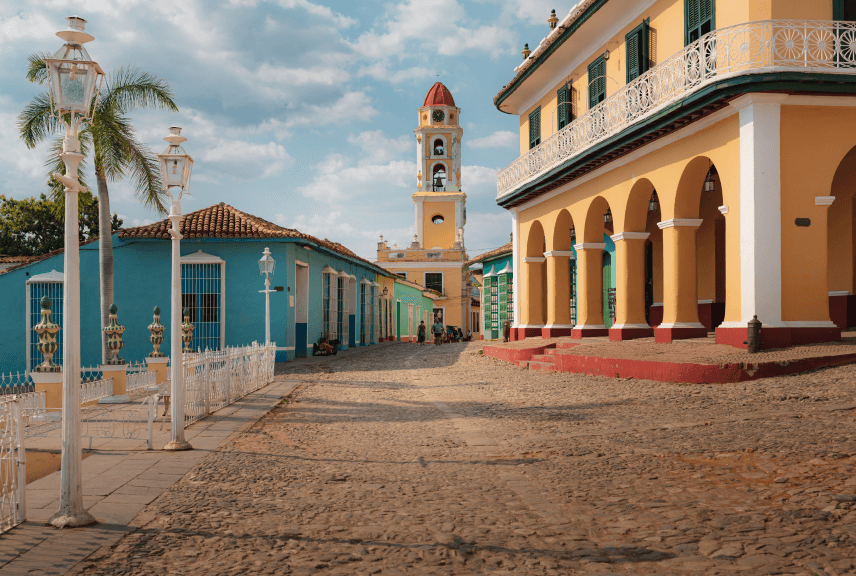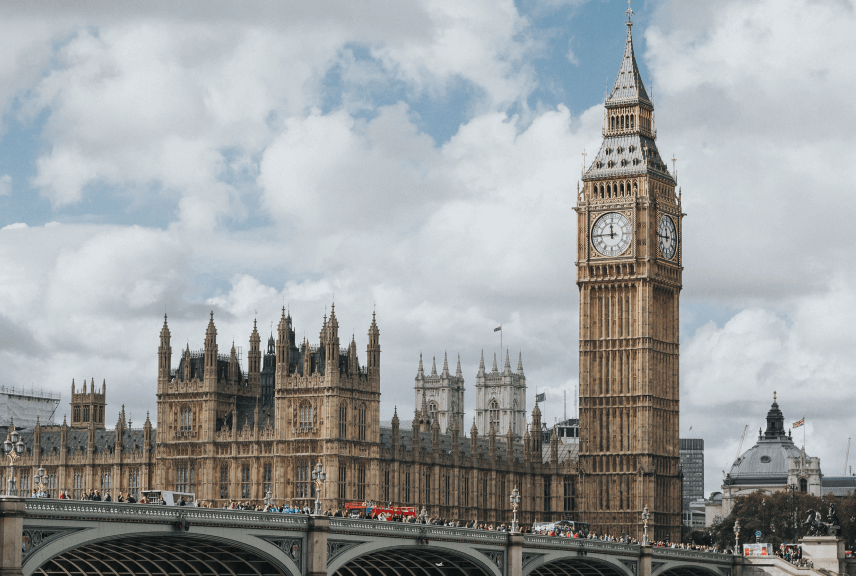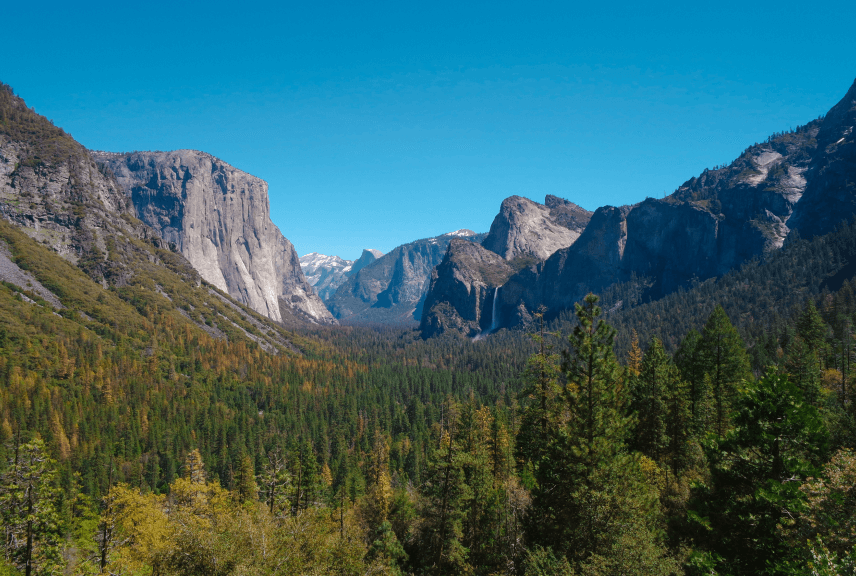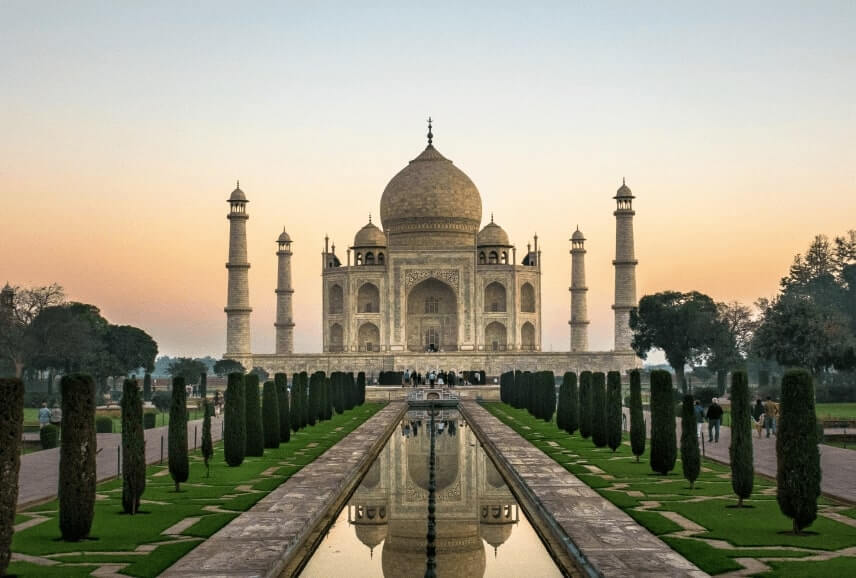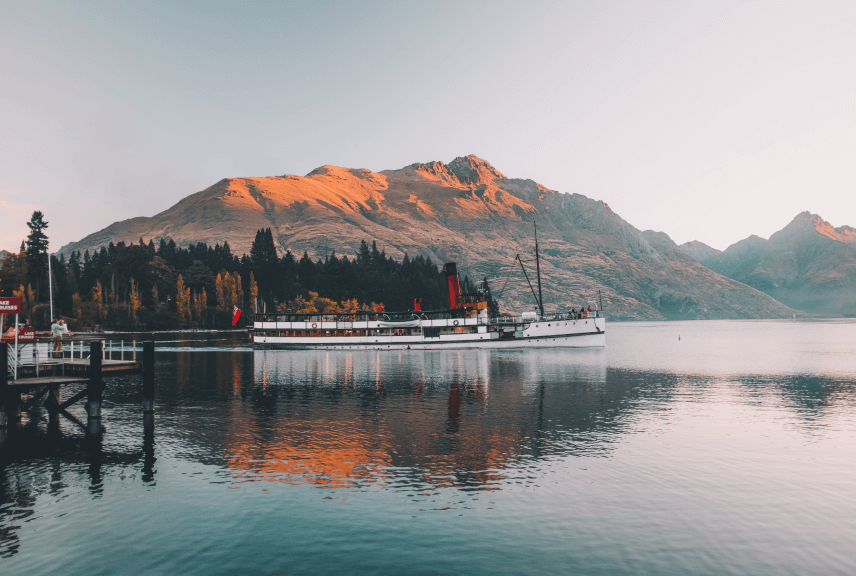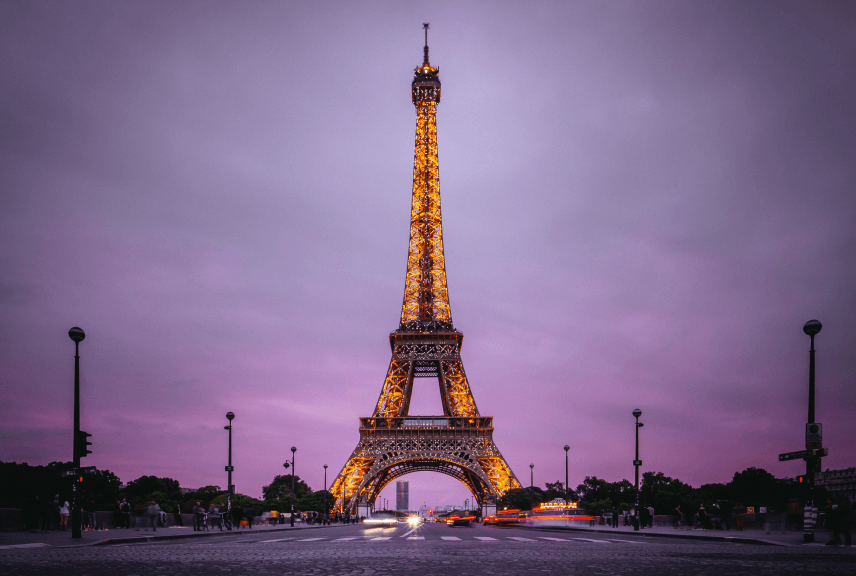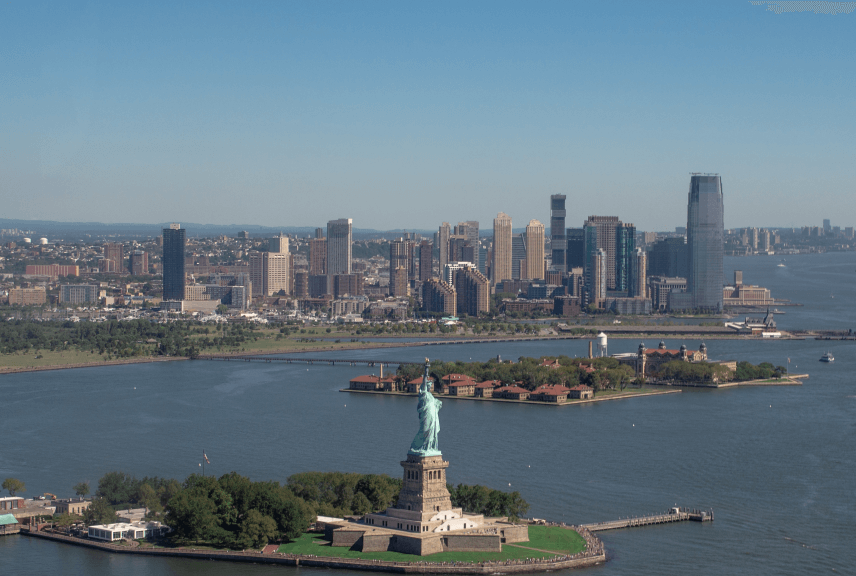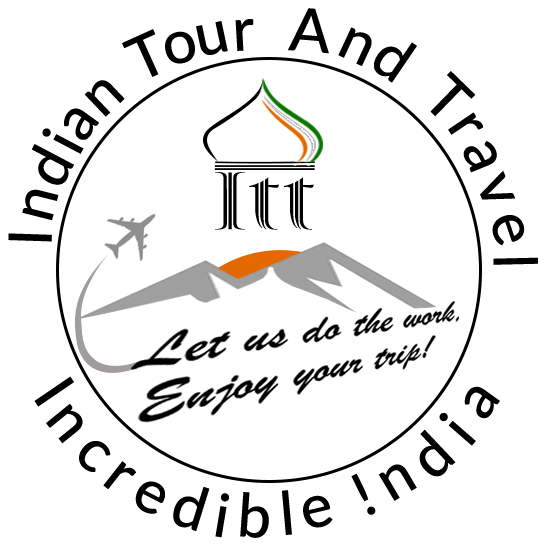National Gandhi Museum
Just opposite the ‘samadhi’ of Mahatma Gandhi at Rajghat lies the National Gandhi Museum (Rashtriya Gandhi Sangrahalaya), the two storey museum which has a very rich collection of photographs, relics, memorabilia closely connected with Mahatma Gandhi, books, journals and documents, audio-visual materials, exhibitions and art pieces. Inaugurated by Dr. Rajendra Prasad, the first President of India in 1961, the museum is gradually developing into an information center on Gandhian thoughts and literature. The museum houses a very well maintained library, which has one of the finest collections of books and documents on Mahatma Gandhi and India’s freedom movement. Apart from other exciting titles, it has around 25000 photocopies of manuscripts like telegrams, letters and notes written to and by Mahatma Gandhi.
Among the many memorabilia, the precious possessions of the museum are the pocket watch, blood stained dhoti and shawl worn by Mahatma Gandhi when he was assassinated, the bamboo stick that Gandhiji carried on the Salt March in 1930, his spectacles, one of three bullets which killed him, Jail bowl (Yeravada), dentures and the two historical flags which are displayed in different galleries of the museum. Though all the galleries of the museum are worth watching but Charkha Gallery (Spinning Wheel Gallery) and the photographic gallery is quite an interesting place to spend some quality time as it has the chronological pictorial biography of Mahatma Gandhi. The whole biography is divided into ten phases and over 300 photographs with write-ups are there on display. There are also some good paintings, portraits and writings of Gandhiji which one encounters throughout the museum.

Among the outdoor displays, a full-scale replica of Hriday Kunj, the residence of Mahatma Gandhi and his wife Kasturba in Satyagraha Ashram at Sabarmati where they lived from 1918 to 1930, the seated sculpture of Mahatma Gandhi, Advaita Gadanayak’s black marble stone of Mahatma Gandhi followed by some of the Marchers on the famous Salt March and the replica of famous Bose’s woodcut ‘Walk Alone’ carving in cement are surely a feast for the eyes of visitors.
Special Free film shows can be organized on request in the museum auditorium during the office hours (10 am to 5 pm). The replicas of Gandhiji’s relics are also provided at a nominal rate. The museum has a photo section, which maintains a rare collection of photographs of Gandhiji and India’s freedom movement.
The museum also has an audio-visual section and Gandhi Literature section from where visitant can purchase CDs, cassettes, tapes, records (speeches of Gandhiji) and books on and by Mahatma Gandhi respectively.
